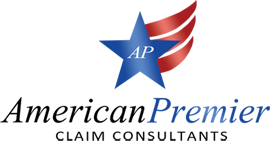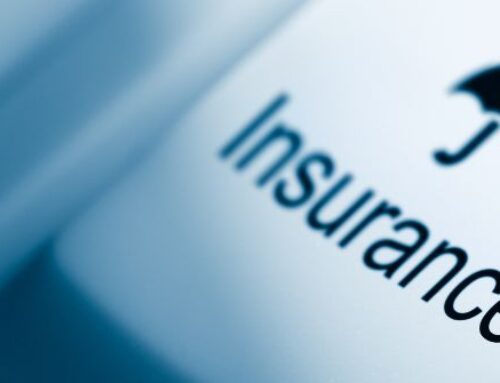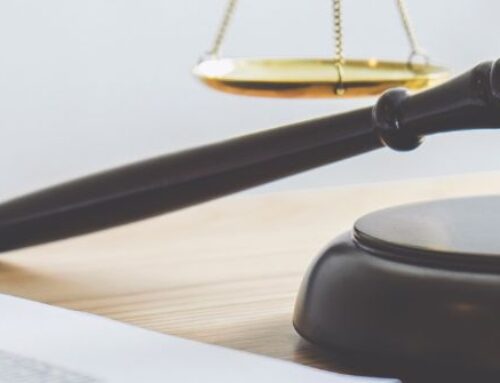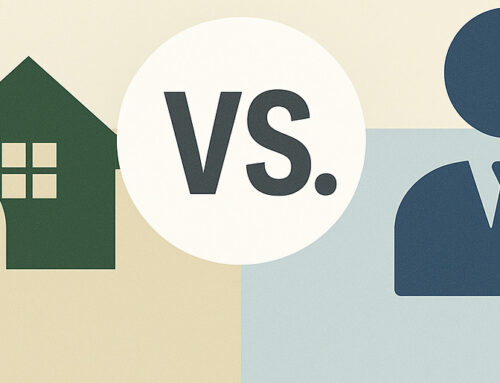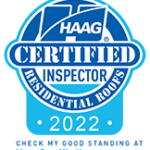When fire devastates your Florida home, the overwhelming aftermath extends far beyond structural repairs. Additional Living Expenses After Fire Damage coverage represents one of your most valuable—yet often underutilized—insurance benefits. This essential coverage helps pay for temporary housing, increased meal costs, and other necessary expenses while your home becomes livable again. Understanding how to maximize these benefits can mean the difference between financial hardship and maintaining your family’s standard of living during recovery.
What Are Additional Living Expenses (ALE) in Fire Damage Claims?
Additional Living Expenses are insurance benefits that cover the increased costs of living away from your home after a covered loss like fire damage. ALE coverage pays the difference between your normal living expenses and the higher costs you incur while displaced from your primary residence.
Unlike dwelling coverage that repairs your home’s structure, ALE focuses on maintaining your quality of life during the restoration process. This coverage typically includes temporary housing, increased food costs, storage fees for belongings, pet boarding, and additional transportation expenses.
In Florida, ALE coverage usually represents 10-30% of your dwelling coverage amount, though some policies offer higher limits. For example, if your home is insured for $300,000, you might have $60,000 to $90,000 in ALE benefits available.
Types of Expenses Covered Under Florida ALE Policies
Temporary Housing Costs
Your insurance covers reasonable temporary housing expenses, including hotels, vacation rentals, or apartment leases. The keyword is “reasonable”—insurers expect you to find comparable accommodations, not luxury upgrades.
Increased Meal and Food Expenses
ALE covers the difference between your normal grocery budget and eating out or purchasing convenience foods. If you typically spend $150 weekly on groceries but now spend $300 on restaurant meals, insurance covers the $150 difference.
Storage and Moving Costs
Protecting salvageable belongings requires storage facilities and professional moving services. These expenses are typically covered under ALE provisions.
Additional Transportation
Extra commuting costs, rental cars for accessing temporary housing, and increased fuel expenses often qualify for reimbursement.


How Long Does ALE Coverage Last After Fire Damage?
ALE coverage typically lasts until your home is restored to livable condition or until you exhaust your coverage limits, whichever comes first. Most Florida policies provide coverage for 12-24 months, though severe fire damage may require extensions.
Several factors influence ALE duration:
- Extent of fire and smoke damage
- Availability of contractors and materials
- Local permitting requirements
- Hurricane season delays (common in Florida)
- Discovery of additional damage during restoration
The coverage period begins immediately after the loss and continues until the “earliest date” your home could be repaired or replaced, assuming normal effort and circumstances.
Florida-Specific Considerations for Fire Damage ALE Claims
Climate Impact on Restoration
Florida’s high humidity significantly affects fire damage restoration timelines. Moisture control becomes critical to prevent mold growth, often extending repair periods and your ALE benefits.
Hurricane Season Complications
Fire damage occurring during hurricane season (June through November) often faces restoration delays due to contractor shortages and material availability issues. These circumstances can extend your ALE coverage period.
Wildfire and Lightning Risks
Central and North Florida face increasing wildfire risks, while the state’s frequent thunderstorms create lightning-related fire hazards. Understanding these regional patterns helps in documenting and claiming appropriate ALE benefits.
Maximizing Your ALE Recovery: Essential Strategies
Immediate Documentation Steps
Start documenting expenses from day one. Photograph damage, save every receipt, and maintain detailed records of all increased living costs. Create a baseline of your normal monthly expenses to demonstrate the “increased” costs eligible for reimbursement.
Choose Temporary Housing Strategically
Select accommodations that balance comfort with reimbursement rates. Extended-stay hotels often provide better monthly rates than nightly hotel charges, while vacation rentals might offer kitchen facilities to reduce meal costs.
Understand the “Comparable” Standard
Insurance companies evaluate whether your temporary housing is “comparable” to your damaged home. A modest ranch home doesn’t justify a luxury oceanfront rental, but you’re entitled to similar square footage and amenities.
Contact us today at 1-844-313-3155 or request help online for a free consultation. When your home burns, we ensure your financial security doesn’t burn with it.
Common ALE Claim Mistakes That Cost You Money
Inadequate Record-Keeping
Many policyholders fail to save receipts or document the connection between expenses and their displacement. Missing documentation can result in thousands of dollars in denied claims.
Accepting Quick Settlements
Insurance companies often offer initial settlements based on estimated timelines that prove inadequate. Don’t rush to accept settlement offers without understanding your full entitlements.
Misunderstanding Coverage Triggers
ALE coverage activates when your home becomes “uninhabitable,” not necessarily when repairs begin. Smoke damage, making your home unsafe, triggers coverage even if structural damage appears minimal.
When Professional Help Makes the Difference
Complex Damage Scenarios
Extensive fire damage involving multiple systems (electrical, plumbing, HVAC) creates complex claims requiring professional evaluation. Public adjusters understand how these complications affect ALE timelines and costs.
Insurance Company Disputes
When insurers challenge your ALE expenses or attempt to terminate coverage prematurely, experienced representation becomes essential. Public adjusters negotiate from a position of policy knowledge and industry experience.
Maximizing Recovery Potential
Professional adjusters often identify overlooked expenses and ensure full utilization of available benefits. Their expertise in policy interpretation and claims strategy typically results in significantly higher settlements.
Preparing for Future Fire Emergencies
Pre-Loss Documentation
Maintain current home inventories with photos, receipts, and valuations. Document your normal monthly expenses to establish baselines for future ALE calculations.
Emergency Response Planning
Research temporary housing options in your area before you need them. Identify pet-friendly accommodations, storage facilities, and essential service providers.
Policy Review and Optimization
Review your ALE coverage limits annually. As property values and living costs increase, ensure your coverage keeps pace with actual replacement needs.
Real-World ALE Success Stories
Consider a Gainesville family whose home suffered extensive fire damage during hurricane season. Initial insurance estimates suggested six months for repairs, but contractor shortages and permit delays extended restoration to 14 months. Their public adjuster documented the delays and negotiated extended ALE coverage, recovering an additional $28,000 in temporary housing and living expenses.
Another Central Florida family faced ALE claim denial when their insurer argued their temporary rental was “too expensive.” Professional representation demonstrated that comparable housing in their school district required the higher rental rate, ultimately securing full reimbursement.
Key Takeaways for Maximizing ALE Benefits
- Start documenting immediately: Save every receipt and photograph all damage from day one
- Understand “reasonable and necessary”: Your temporary housing should be comparable to your damaged home
- Don’t rush settlements: Initial offers rarely reflect full entitlements
- Know your coverage limits: Review policy language and available benefit amounts
- Consider professional help: Complex claims often benefit from public adjuster expertise
- Plan ahead: Pre-loss preparation significantly improves claim outcomes
- Document normal expenses: Establish baselines to prove “increased” costs
- Negotiate extensions: Legitimate delays may extend coverage beyond initial timeframes
Protecting Your Rights and Recovery
Understanding Additional Living Expenses After Fire Damage can transform a devastating loss into a manageable transition. Florida homeowners facing fire damage shouldn’t navigate complex ALE claims alone—the financial stakes are too high, and insurance company interests don’t align with maximizing your recovery.
At American Premier Claim Consultants, our certified public adjusters bring over 30 years of Florida experience to every ALE claim. We understand the unique challenges Florida presents, from hurricane season complications to humidity-related restoration delays. Our no recovery, no fee guarantee ensures we’re invested in maximizing your settlement.
Don’t let insurance companies minimize your Additional Living Expenses After Fire Damage recovery.
